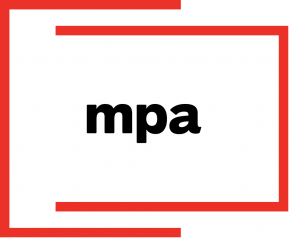 Overall, magazine media publishers had a great year in 2016. According to the folks at Marketing Charts who cited MPA figures from last year, magazine audiences “grew by 6.4% year-over-year in 2016, exceeding 1.7 billion.”
Overall, magazine media publishers had a great year in 2016. According to the folks at Marketing Charts who cited MPA figures from last year, magazine audiences “grew by 6.4% year-over-year in 2016, exceeding 1.7 billion.”
Of that audience, print and digital edition magazines maintained the largest audience, supporting the idea that this truly is a golden age for magazines. The data also shows that print readership in the U.S. has remained steady and continues to outnumber digital audiences.
Overall, it’s great news for the industry; consumers still love – and consume – magazine media. But from a business point of view, let’s look at one key stat and what it means to publishers. While viewership was up, the majority of that growth was in video content (49.7%), followed by mobile views (24.9% up). Print and digital editions – the real “magazines” if you will – were stagnant, down just slightly at .04%.
The numbers make perfect sense as so many media brands poured tons of resources into achieving digital views. Done and done, it would seem. And that would be just fine if publishers were rocking their digital revenue models – but for the most part, that future doesn’t exist.
The lesson for publishers here is to focus on subscription growth, not digital revenue, in the months to come. Use that digital engagement to expand your reach, and then turn that focus to paid subscriptions and newsstand sales.
Pipe dream? Nope. It’s working for many brands that are committed to building great content to sell instead of building a bigger platform on which to sell digital ads.
“Forbes magazine is at the highest print readership in its 99-year history; print readership,” said editor Randall Lane in an interview with Mr. Magazine late last year. “Not online, but print… and we’ve never hit those numbers before.”
The New York Times has made subscription sales a major focus. According to Kopit Levien, the NYT is more driven by subscriptions than by ad sales now, and they are shifting their focus toward growing their subscription rates, both in print and digital.
With Facebook and Google owning 99% of the growth in digital ad revenue, trying to eek out a digital ad stream makes little sense for publishers. Instead, focus on what you do best … create great content that sells; it’s a win-win for readers and the advertisers who seek to engage them.
